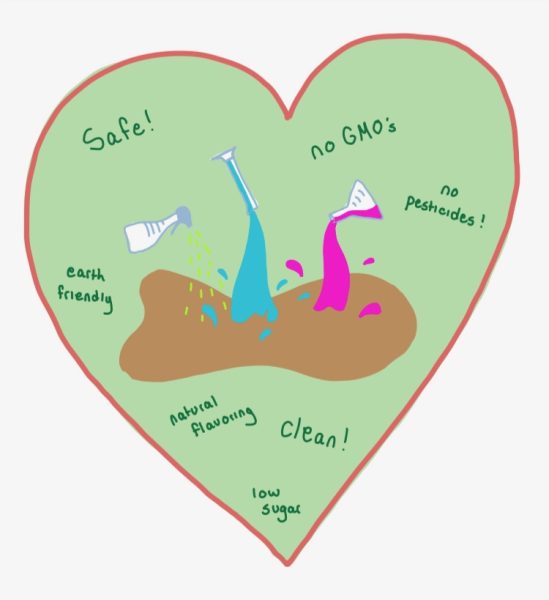NASA Explores Space with More Funding
Always daring to go where no one has ever dared to go is what NASA does best. Since the Space Race, NASA has been on the forefront of innovation. However, America has fallen behind, relying on other countries like Russia to ferry astronauts to and from the space station due to the cheaper rates. Recently, Russia has stated that they will no longer offer passage to American astronauts in 2018 due to the tensions around Ukraine. This leaves the U.S. in a risky spot of losing their investment in the International Space Station. To combat the risk, NASA’s budget should be increased from $17.5 to $25 billion to produce more research and new technology, such as reusable shuttles. This will cause more countries to look at America as their source of technology. With more innovations comes the development of cheaply made technology. Thus, NASA will save money which can be put into other projects, such as cancer research. For the sake of American innovation and its continued edge in the STEM field, it is imperative that NASA continue to be well funded.
As funding has decreased, so has the productivity of NASA. Inventions will spread to other companies because new creations prove to be game changers in the market. NASA created useful inventions like fireproof equipment, pens that can write in space,and satellites for GPS and cell phones. With new products, people’s lives will get easier. Through these advances in technology, NASA has created a better quality of life for everyday Americans.
NASA has paid 450 million dollars a year to Russia since 2002 to send astronauts into space. To solve the problem, NASA has recruited the aerospace company SpaceX, to design and build the Dragon V2, a reusable and economical spaceship that will be used in place of the Russian rockets. The estimated budget is 2.4 billion, according to NASA, and is much less costly than what NASA spent to fly astronauts up in the Russian rockets, where it costs 70 million per seat. NASA must continue to be well funded in order to find cheaper methods of space travel which will ultimately help America keep its edge in the STEM field.
Through more funding for NASA, the economy will increase. According to a Midwest Research Institute (MRI) study of the relationship between NASA research and development expenditures and technology-induced increases in value of Gross National Product (GNP) indicated that each dollar spent on research and development returns an average of slightly over seven dollars in GNP over an 18 year period following the expenditure. As more companies create spinoffs of NASA innovations, more money will be made and more sectors created. With a bigger market, more companies will be created and more people hired, meaning more employment. With less people on government funded poverty programs, more money will be available and can be used for other important causes like healthcare and education. With more people buying products, other companies will benefit as demand increases and will again earn more. Therefore, it can be seen that the money poured into NASA will be multiplied in the form of profits and job creation. This is absolutely vital in the current economic situation of America, as the U.S. is still in trillions of dollars of debt.
With America in economic trouble, low ranking in education, and with the threat of losing the title of the biggest market, the surge of prosperity that will come with NASA’s increased budget will allow for more research and development that is needed. It is imperative to increase the budget from 17.5 to 25 billion dollars because of the benefits for humankind that will come with it. Without these increases in NASA’s budget, other countries will surpass in market size and leave America in the dust.
Hello there! Our goal is to provide relavent, engaging journalism for readers of all ages. Your donation will support the student journalists of the Wolfpacket at Claremont High School, and will allow us to purchase equipment, print our monthly issues, and enter in journalism competitions. We appreciate your consideration!

James Jung is a Senior and Editor serving his fourth year on The Wolfpacket. James is a devoted brother to fellow staff members of the Wolfpacket team....












